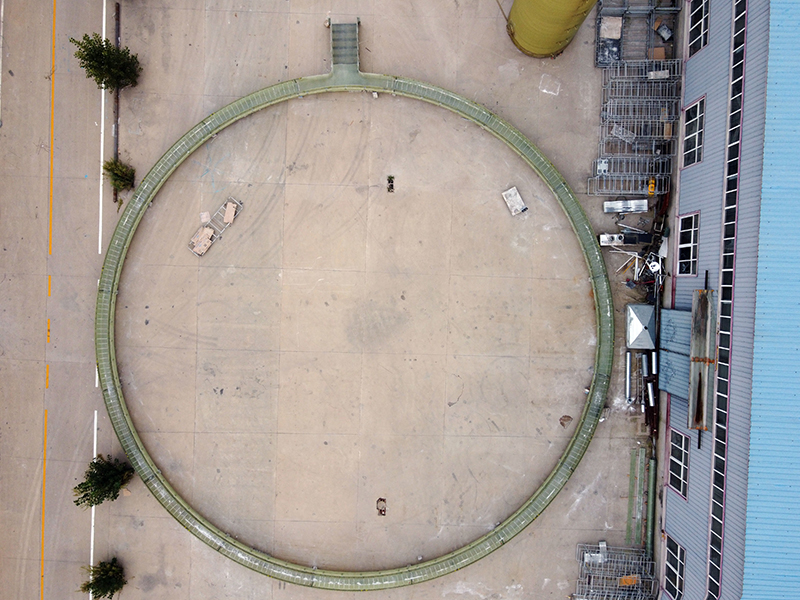
-
 Afrikaans
Afrikaans -
 Albanian
Albanian -
 Amharic
Amharic -
 Arabic
Arabic -
 Armenian
Armenian -
 Azerbaijani
Azerbaijani -
 Basque
Basque -
 Belarusian
Belarusian -
 Bengali
Bengali -
 Bosnian
Bosnian -
 Bulgarian
Bulgarian -
 Catalan
Catalan -
 Cebuano
Cebuano -
 China
China -
 China (Taiwan)
China (Taiwan) -
 Corsican
Corsican -
 Croatian
Croatian -
 Czech
Czech -
 Danish
Danish -
 Dutch
Dutch -
 English
English -
 Esperanto
Esperanto -
 Estonian
Estonian -
 Finnish
Finnish -
 French
French -
 Frisian
Frisian -
 Galician
Galician -
 Georgian
Georgian -
 German
German -
 Greek
Greek -
 Gujarati
Gujarati -
 Haitian Creole
Haitian Creole -
 hausa
hausa -
 hawaiian
hawaiian -
 Hebrew
Hebrew -
 Hindi
Hindi -
 Miao
Miao -
 Hungarian
Hungarian -
 Icelandic
Icelandic -
 igbo
igbo -
 Indonesian
Indonesian -
 irish
irish -
 Italian
Italian -
 Japanese
Japanese -
 Javanese
Javanese -
 Kannada
Kannada -
 kazakh
kazakh -
 Khmer
Khmer -
 Rwandese
Rwandese -
 Korean
Korean -
 Kurdish
Kurdish -
 Kyrgyz
Kyrgyz -
 Lao
Lao -
 Latin
Latin -
 Latvian
Latvian -
 Lithuanian
Lithuanian -
 Luxembourgish
Luxembourgish -
 Macedonian
Macedonian -
 Malgashi
Malgashi -
 Malay
Malay -
 Malayalam
Malayalam -
 Maltese
Maltese -
 Maori
Maori -
 Marathi
Marathi -
 Mongolian
Mongolian -
 Myanmar
Myanmar -
 Nepali
Nepali -
 Norwegian
Norwegian -
 Norwegian
Norwegian -
 Occitan
Occitan -
 Pashto
Pashto -
 Persian
Persian -
 Polish
Polish -
 Portuguese
Portuguese -
 Punjabi
Punjabi -
 Romanian
Romanian -
 Russian
Russian -
 Samoan
Samoan -
 Scottish Gaelic
Scottish Gaelic -
 Serbian
Serbian -
 Sesotho
Sesotho -
 Shona
Shona -
 Sindhi
Sindhi -
 Sinhala
Sinhala -
 Slovak
Slovak -
 Slovenian
Slovenian -
 Somali
Somali -
 Spanish
Spanish -
 Sundanese
Sundanese -
 Swahili
Swahili -
 Swedish
Swedish -
 Tagalog
Tagalog -
 Tajik
Tajik -
 Tamil
Tamil -
 Tatar
Tatar -
 Telugu
Telugu -
 Thai
Thai -
 Turkish
Turkish -
 Turkmen
Turkmen -
 Ukrainian
Ukrainian -
 Urdu
Urdu -
 Uighur
Uighur -
 Uzbek
Uzbek -
 Vietnamese
Vietnamese -
 Welsh
Welsh -
 Bantu
Bantu -
 Yiddish
Yiddish -
 Yoruba
Yoruba -
 Zulu
Zulu
Jan . 10, 2025 12:19
Back to list
frp tank
Fiber-Reinforced Plastic (FRP) tanks have become a go-to choice for industries worldwide seeking reliable storage solutions. The use of FRP tanks spans across an array of sectors, including chemical processing, wastewater management, and food and beverage production. Their superior performance characteristics and durability position them as an industry standard, yet it is their nuanced benefits that underscore their meteoric rise in popularity.
In terms of professional endorsement, the expert consensus supports the deployment of FRP tanks for high-risk applications due to their resilience and adaptability. Industry professionals, including engineers and materials scientists, recognize FRP tanks as a technologically advanced solution that offers reliability and versatility. Case studies abound detailing real-world applications where FRP tanks have outperformed traditional materials, further substantiating their status as the premium choice amongst storage solutions. Training to work with FRP materials also ensures technicians and engineers gain specialized skills, heightening professional expertise in storage solutions. Certifications specific to FRP installation and maintenance provide added value, equipping teams with knowledge essential for maximizing the material's potential and ensuring optimal performance over time. Within industry circles, the trust in FRP tanks is not solely derived from technical specifications but is also bolstered by extensive empirical evidence. Decades of use in demanding environments have confirmed that FRP tanks not only meet but often exceed industry standards. Consequently, they are trusted by industry leaders and endorsed by authoritative bodies dedicated to maintaining safety and efficacy in industrial operations. In conclusion, Fiber-Reinforced Plastic tanks represent a fusion of advanced material science and practical design, offering a robust and reliable solution to diverse industrial storage needs. Their corrosion resistance, lightweight strength, and environmental safety make them a preferred choice across sectors. Supported by expert validation and a track record of real-world success, FRP tanks stand as a testament to innovation, dependability, and expertise, making them an indispensable asset in any industrial setting demanding rigorous standards.


In terms of professional endorsement, the expert consensus supports the deployment of FRP tanks for high-risk applications due to their resilience and adaptability. Industry professionals, including engineers and materials scientists, recognize FRP tanks as a technologically advanced solution that offers reliability and versatility. Case studies abound detailing real-world applications where FRP tanks have outperformed traditional materials, further substantiating their status as the premium choice amongst storage solutions. Training to work with FRP materials also ensures technicians and engineers gain specialized skills, heightening professional expertise in storage solutions. Certifications specific to FRP installation and maintenance provide added value, equipping teams with knowledge essential for maximizing the material's potential and ensuring optimal performance over time. Within industry circles, the trust in FRP tanks is not solely derived from technical specifications but is also bolstered by extensive empirical evidence. Decades of use in demanding environments have confirmed that FRP tanks not only meet but often exceed industry standards. Consequently, they are trusted by industry leaders and endorsed by authoritative bodies dedicated to maintaining safety and efficacy in industrial operations. In conclusion, Fiber-Reinforced Plastic tanks represent a fusion of advanced material science and practical design, offering a robust and reliable solution to diverse industrial storage needs. Their corrosion resistance, lightweight strength, and environmental safety make them a preferred choice across sectors. Supported by expert validation and a track record of real-world success, FRP tanks stand as a testament to innovation, dependability, and expertise, making them an indispensable asset in any industrial setting demanding rigorous standards.
Next:
Related Products









